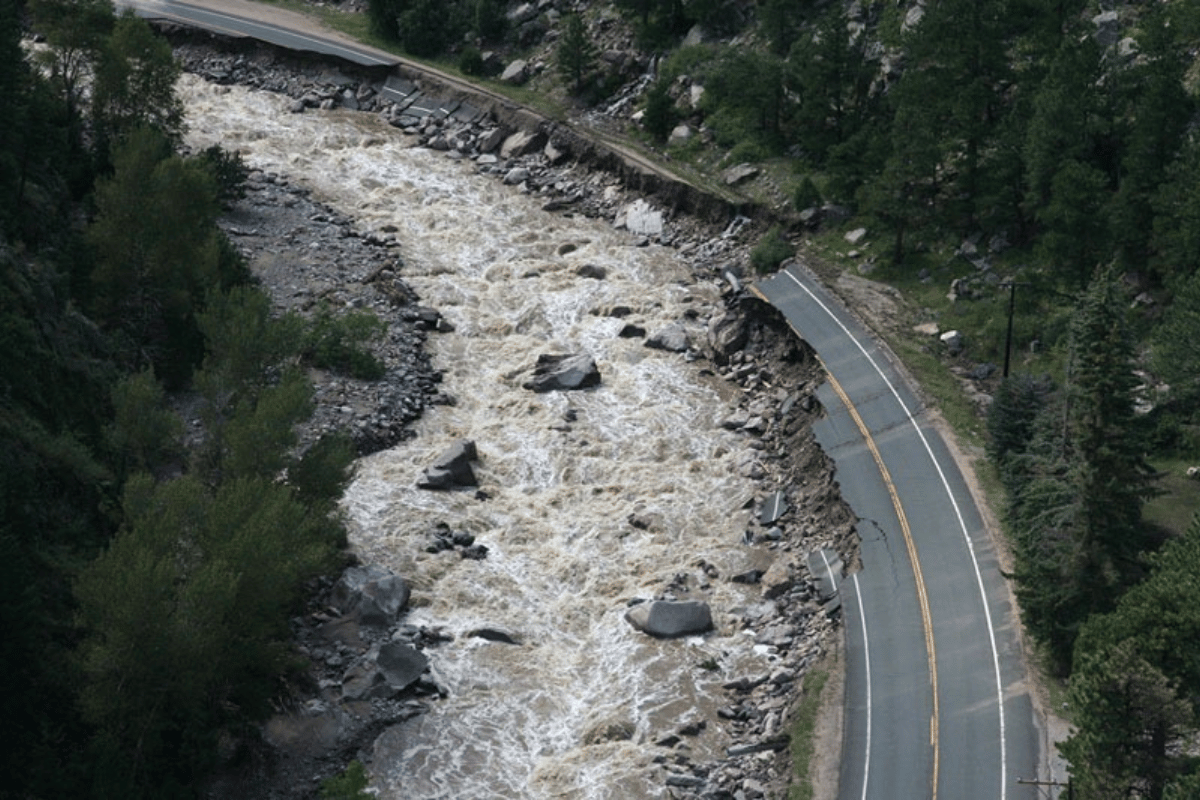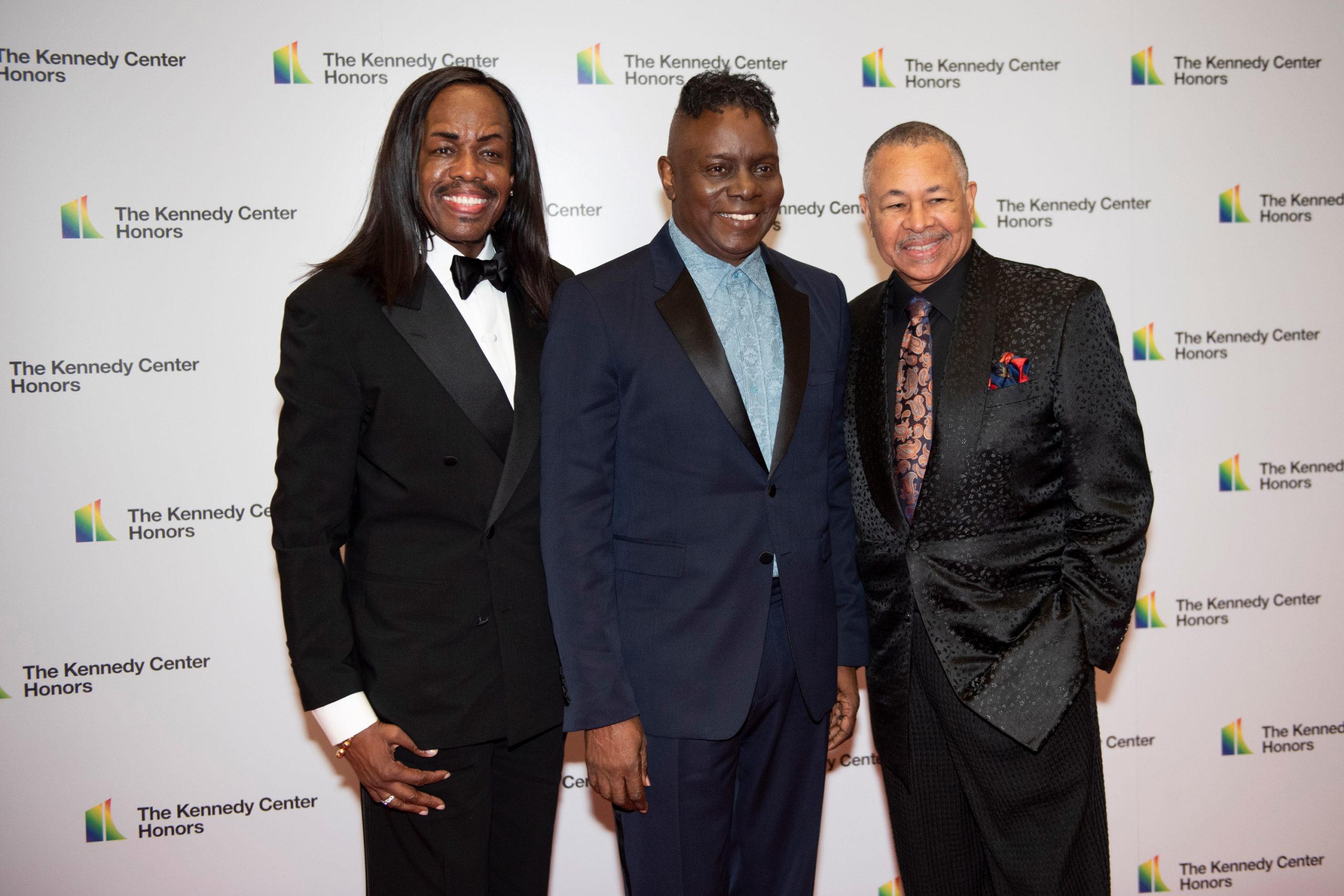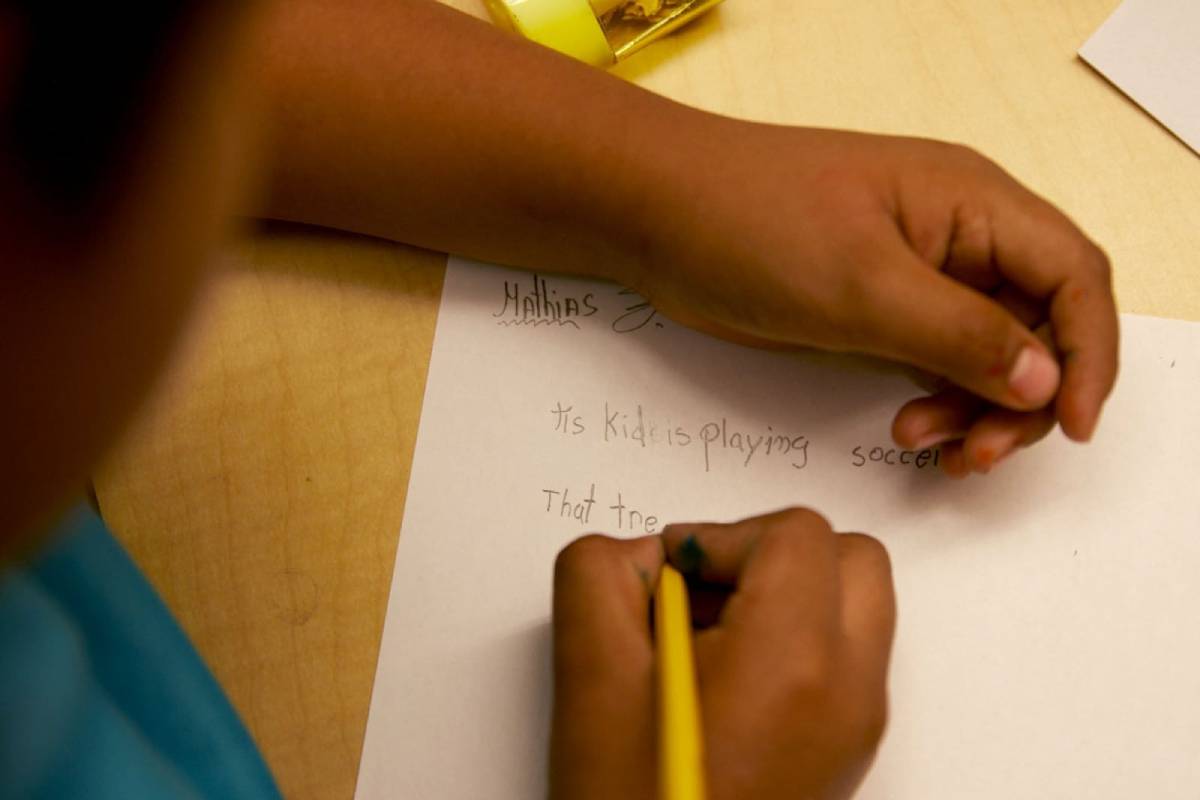
Most of us know Mesa Verde as a National Park in Colorado’s southwest corner. It was the first -- perhaps the only -- national park created to preserve cultural history, not just natural beauty. It’s the largest archaeological preserve in the country, with those elaborate dwellings tucked under long cliffs.
But the Mesa Verde region is much larger than the park itself. At its peak -- 800 years ago -- 30,000 people lived there. They’re known as Ancestral Puebloans. You get a real sense for how they lived, and how their traditions live on, in a new exhibit at the History Colorado Center in Denver.
Archaeologists Sheila Goff and Mark Varien worked on the show. Goff is a curator at the History Colorado Center, and Varien is lead researcher at Crow Canyon Archaeological Center in Cortez. They spoke with Ryan Warner. Plus, we hear from Dr. Tessie Naranjo, a decendent of the Ancestral Puebloans who lives in New Mexico now. She describes her community's "deer dance" and other traditions kept alive to show the importance of reciprocation between people and their environment.
This is actually just a piece of the new History Colorado Center project, which the museum says will become part of its core exhibitions. Called Living West, it explores Coloradans' relationships with the sometime harsh climate and terrain here, from Mesa Verde to the Dust Bowl to modern life in the Rockies.









